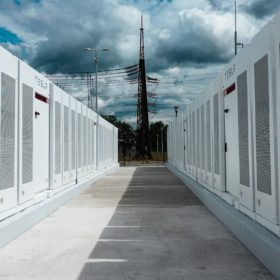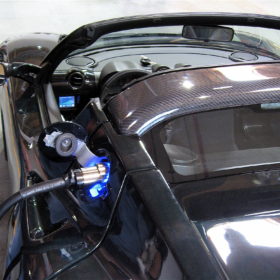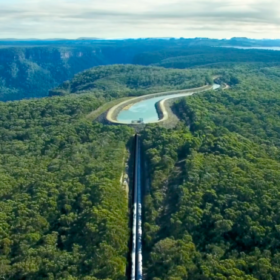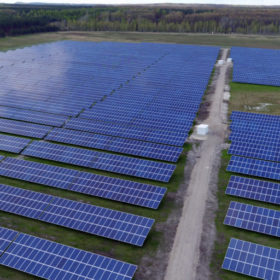Tesla-based battery project launched in Slovenia
New company NGEN appears to have introduced the Powerpack battery to central Europe in a €15 million, 12.6 MW/22.6 MWh project in the northwest of the country which is the first of two planned utility scale systems due for completion by July.
‘They created a rechargeable world’
American John B. Goodenough, Brit Stanley Whittingham and Akira Yoshino, from Japan, will receive the Nobel Prize for Chemistry for developing the lithium-ion battery. A statement from the Royal Academy of Sciences of Sweden said the invention “laid the foundations of a society without wires and fossil fuels, and [they] are of great benefit to humanity”.
CleanSpark-ing up to ensure the grass is always greener
A U.S. microgrid specialist will draw up proposals for an independent solar-plus-storage system to ensure a remotely-situated cannabis farm in California can get the energy it needs to power cultivation.
Italy has 80 MW/168 MWh of storage linked to renewables
According to figures from Italian renewables body ANIE Rinnovabili, 18,036 storage systems coupled to clean energy power generation have been installed in the country. Most of the batteries are in Lombardy, whose administration offers rebates.
Turkey to introduce provisions for storage
The Turkish Energy Market Regulatory Authority has published draft guidelines for the integration of storage in the energy system. The new provisions are expected to come into force at the beginning of next year.
China set for 40 GW of pumped hydro storage next year
The showpiece 3.6 GW Fengning county project which will offer grid services and back-up power at the 2022 Winter Olympics is part of a 31.15 GW construction pipeline of projects, many of which are set to come into service next year.
Safety is paramount
When Sony first commercially introduced lithium-ion batteries in 1991, the industry recognized their potential to revolutionize portable electronics. Ever since, there have been countless efforts to improve the technology, with many researchers focusing on energy density and longevity, in line with demand from emerging applications such as electric vehicles (EVs) and on-grid energy storage. Julian Jansen and Youmin Rong of IHS Markit discuss the effect of safety concerns on this rapidly growing global market.
Germany will need 160 GW of solar by 2030 to prevent power shortages
EuPD Research has calculated what needs to be done to replace the nuclear and coal generation to be phased out in Germany. Accelerated expansion of PV appears the best short-term option. However, storage capacity will need to increase 30-fold by 2040 so solar can become the main pillar of the country’s energy system.
The cooling effect of PV
Research from Finland’s Aalto University claims the residential cooling sector could sustain 540 GW of solar generation capacity if the world’s air conditioning systems were solar powered. Academics say synergies between PV and the cooling industry will become stronger as demand for the latter shifts nearer the equator, where seasonal differences in weather are less pronounced.
RES battery prevented complete blackout in the UK
On August 9, a thunderstorm caused 1.5 GW of generation capacity to go offline within seconds in the U.K. The incident caused millions of households to temporarily lose power but the situation could have been considerably worse if not for the country’s battery storage reserves.










